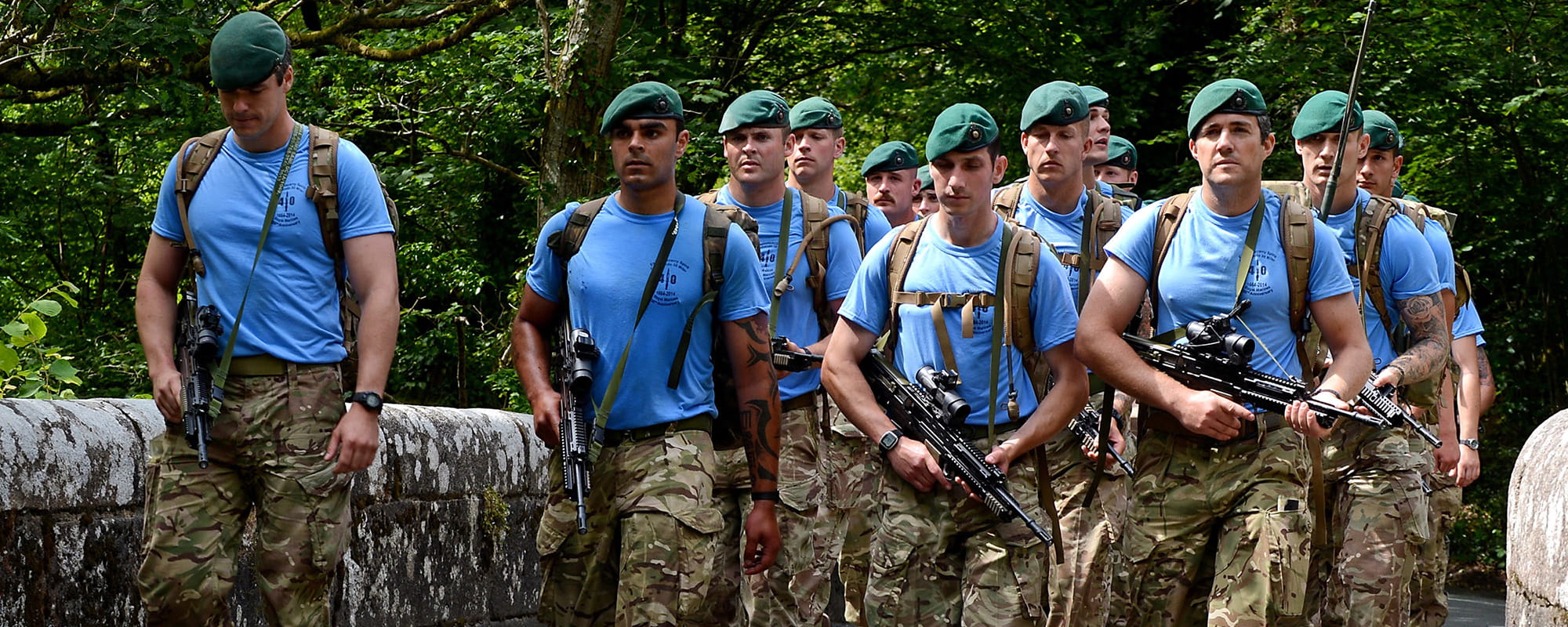How to join
Each step takes you closer to your green beret.
The process can be demanding but the rewards are unparalleled. Here you can find out everything you need to know about applying, preparing for the tests, and what’s expected of you.
We want to ensure that you have all the information you need about life in the Royal Marines and encourage you to visit an Armed Forces Careers Office (AFCO) near you.
Rejoiners or transfers to the Royal Marines have a slightly different process and requirements. Find out more about rejoining the Royal Marines.
